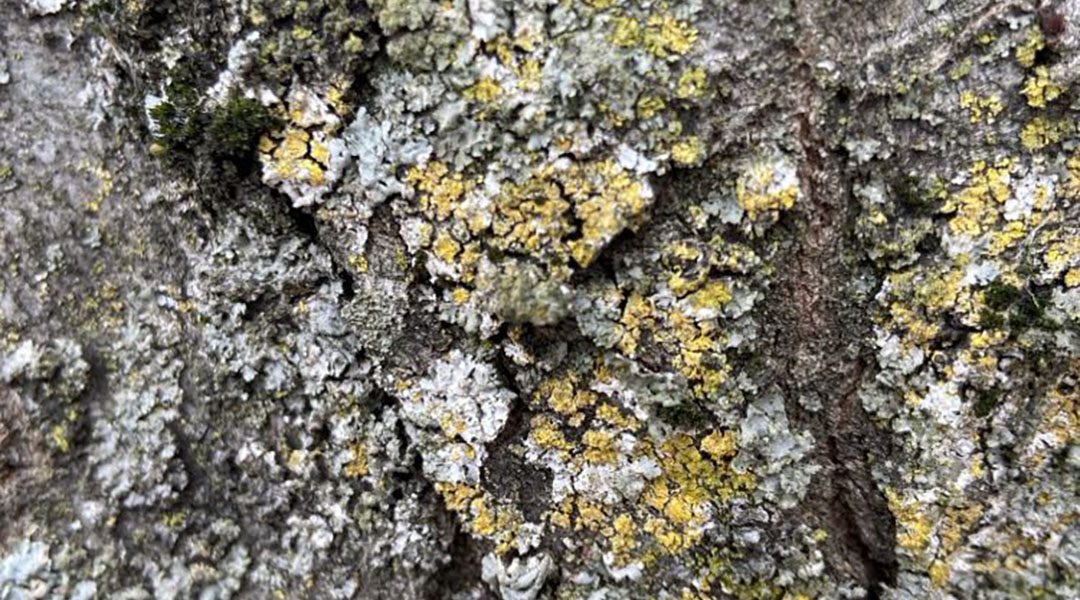What Is a Common Pawpaw Tree? The Common Pawpaw (Asimina triloba) is a native North American fruit tree known for producing custard-like tropical fruit—right in your own backyard. With flavor notes...

| Light Requirements | Full Sun (more than six hours of sun) |
|---|---|
| Product Size | 3 Gallon Pot |
| Bloom Duration | Long (more than one month) |
| Bloom Time | Summer (June, July or August) |
| Features | Fast Grower, Long Bloomers |
| Shrub Max Size | Small (Max Size 2-4 Ft) |
$44.99
The Fire Light Tidbit is a smaller variety of Hydrangea that has long lasting white and pink blooms that is a great addition to any sunny space. It will bloom from July – Oct and can be planted in front any larger shrub for long lasting color.
Fire Light Tidbit® Hydrangea
Compact, colorful, and full of charm, Fire Light Tidbit® Hydrangea (Hydrangea paniculata ‘Fire Light Tidbit’) is a dwarf panicle hydrangea that delivers an ever-changing display of blooms. Its large, cone-shaped flower clusters emerge creamy white in midsummer, transition to soft pink, and deepen into rich shades of red as the season progresses. With a tidy, mounded habit and strong stems, Fire Light Tidbit is perfect for borders, foundation plantings, or containers, bringing long-lasting color and texture to any space.
Whether you’re looking for a vibrant border plant, a compact foundation shrub, or a striking patio container specimen, Fire Light Tidbit® Hydrangea delivers spectacular color and reliable performance. Its compact size and ever-changing blooms make it a standout in any landscape!
Visit our Bloomingdale, IL or Carpentersville, IL stores for local pickup!
30 in stock
More for You

What Is a Common Pawpaw Tree? The Common Pawpaw (Asimina triloba) is a native North American fruit tree known for producing custard-like tropical fruit—right in your own backyard. With flavor notes...

When it comes to adding romance, drama, and vertical beauty to a garden, climbing roses are a timeless choice. With their arching canes and generous blooms, they bring old-world charm to fences,...

If you've noticed crusty, leafy, or even beard-like growths on your trees and shrubs, you might have wondered if they’re harmful — perhaps a type of fungus or mold. The good news? These curious...